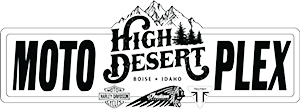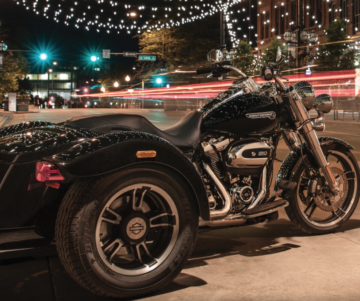
How To Read Motorcycle Tires
motoplex | August 4, 2020 | 0 | safety , Service , TiresMotorcycle tires are very important, we’re not telling you anything you don’t already know. There are things you might not know and these thing are pretty important. Wear, tear, age, these are all things you need to have on your mind every day, every ride.
How old are your tires? Tires should never exceed 6 years of age. Keep that in mind if you ride daily, weekly or even a few times a year. A tire sitting in the garage all year can dry and rot and fall apart when it finally hits the road. Rubber is a temperamental beast.
How Do I Read Tire Codes?
The first thing you might ask is “What does DOT mean?” That’s a great questions and the answer makes sense. Department of Transportation (DOT). National Highway Traffic Safety Administration (NHTSA) regulate the tire safety standards. They do their best to handle your safety. They have a lot of say in how tires are made.
After the DOT on your tires, you’ll come across a series of numbers. The last 4 digits will tell you where your tires were manufactured. The first two numbers show you the week, the second pair indicates the year. This is a good way to help you follow the 6 year rule of thumb. Especially if you’re purchasing a used bike that you might not have all the details on.
And example of this is if the number is 1315. This tells you the tires were made in the 13th week of 2015. Dazzle your friends with this bit of math next time you’re looking over a friend’s bike.
As you know, there are far more numbers on your tires. What do the rest mean? These are just as important, if not more, because these are going to tell you the sizing of the tire. Like good pants, they need to be the right fit.
Many tire sizes work in metric, note that if you’re driving an American-made bike, they can still follow this format. It also doesn’t mean that the tires aren’t American made as well, it’s just how it’s done. Don’t panic.
A common tire size is 180/70R-16 so we’ll work off that. The first number you read is 180. This is the width of the tire in millimeters. The next number being 70 is the aspect ratio, this is the height of the sidewall. The height is 70% of the width or 126mm high. Fortunately this math is done from you by the manufacturer because this formula might have been one of the lessons in school you were sure you’d never need to know in real life. 16, the third number is the rim size. This is measured by the diameter. The letter between the second and third numbers, either R or B will inform you if the tire is Bias Ply or Radial. If there is no letter, the tire is Bias Ply.
A bias tire consists of multiple rubber plies over lapping each other. A radial tire has the sidewall and the tread to function as two independent features of the tire. There is an advantage to both and if you find that you’re putting a lot of thought into figuring out which might be better, this is a great opportunity to talk to a motorcycle professional.
So, you read all of this and you don’t see any of these metric numbers we’re referring to. That means you have Alpha Numeric Motorcycle Tire Sizes. Those are just as difficult to read but we have your back.
Let’s work off MU90B16 as an example. The first letters and two numbers are going to require you to reference a Street Tire Size Conversion Chart for all of the Letter Designation Breakdowns. You’ll want to also know if these are front or rear tires. You can find these online or by contacting a service center or tire store. The next letter, like on Metric, will inform you if the tire is Bias Ply or Radial. The last number will be rim diameter.
Dirt bikes and some older bikes use only numeric. An example being 5.00-16. In this case, 5.00 is the tire width in inches. 5.00 = 127 millimeters and the second number is rim diameter.
These are numbers you’re going to need to remember as they are all on your bike tires. Plus when you’re purchasing online or in a store there is plenty of help to assure you’re getting the right sizes. But maybe today you learned a little something that you can pass on to the motorcycling youth of tomorrow. If by the time they are riding we all don’t have flying bikes.



